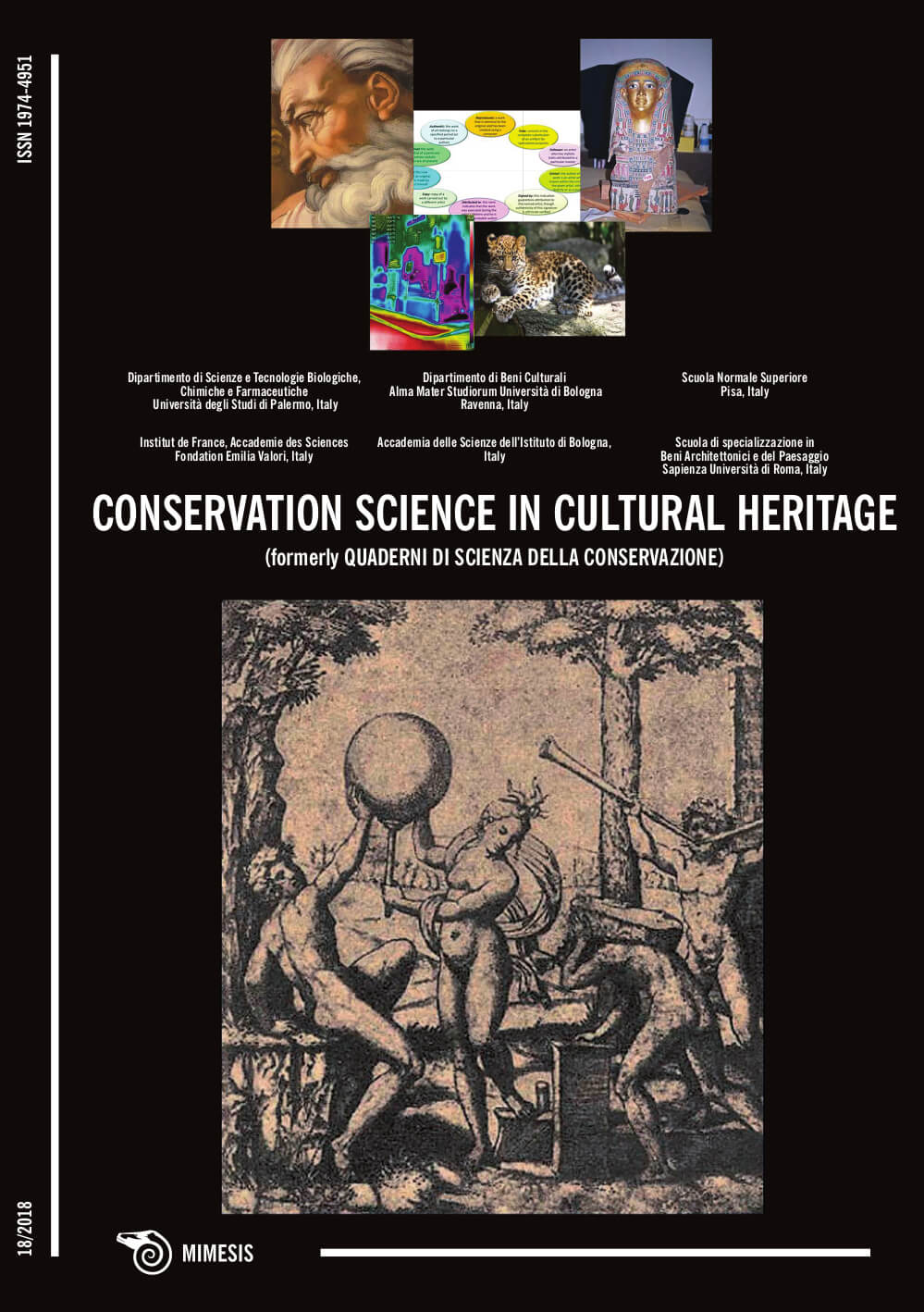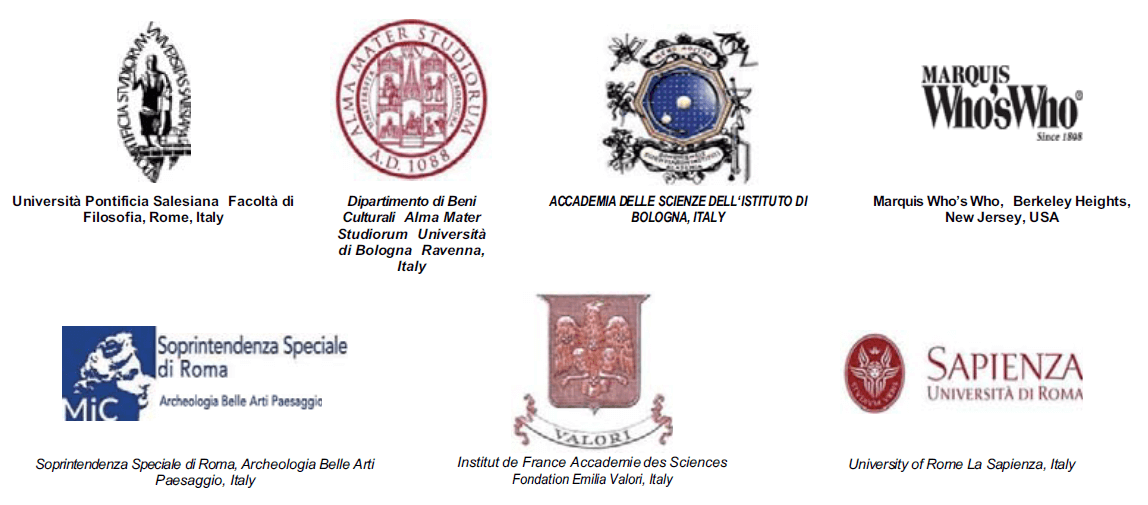Use of Oils for the Protection of Clay Mortars
DOI:
https://doi.org/10.6092/issn.1973-9494/9230Keywords:
clay mortars, oils, surface protectionAbstract
In this study an effort has been made to find innovative and sustainable ways of increasing the hydrophobicity of clay-based mortars used in restoration by applying natural oils on the surface of selected samples. The concept was to find a new way of protecting the surface of these materials, but also to promote the idea of sustainability by using natural and recycled cooking oils. Thus, the oils applied for the surface protection of the mortars were hemp oil, borage oil (natural) and recycled spent cooking oil. The tests conducted on the treated specimens were, a capillary absorption test, drying test, porosity, Karsten tube test, stereoscopic observation, color alteration using Munsell charts, water vapor test and absorption of water droplet test. The results indicate the protective role of all the oils, since they reduce porosity and water uptake. Borage and hemp oil tend to alter the color of the specimens, but offer increased hydrophobicity, while the latter allowed the faster drying of the samples. The water vapor test indicates again the low level of water loss from the surface of the treated specimens, while for the specific test a sample with an admixture of recycled cooking oil inside the clay mass was created.
Downloads
Published
How to Cite
Issue
Section
License
Copyright (c) 2018 Aspasia Karozou, Maria Stefanidou
Copyrights and publishing rights of all the texts on this journal belong to the respective authors without restrictions. Authors grant the journal right of first publication.
This journal is licensed under a Creative Commons Attribution 4.0 International License (full legal code).
See also our Open Access Policy.






